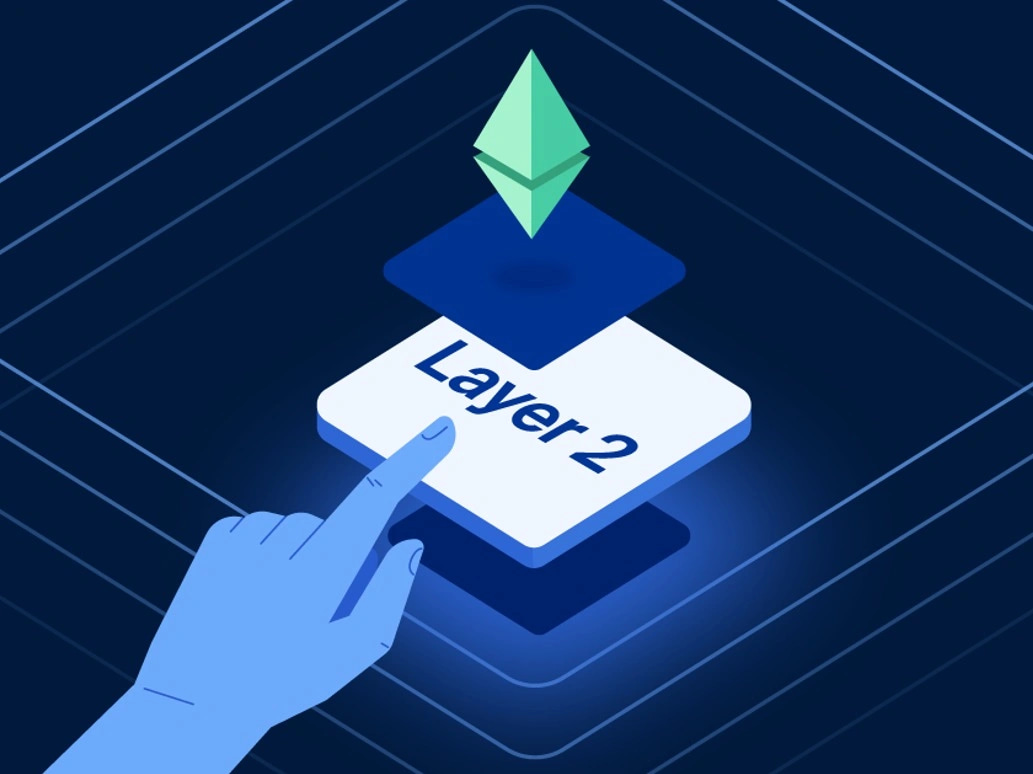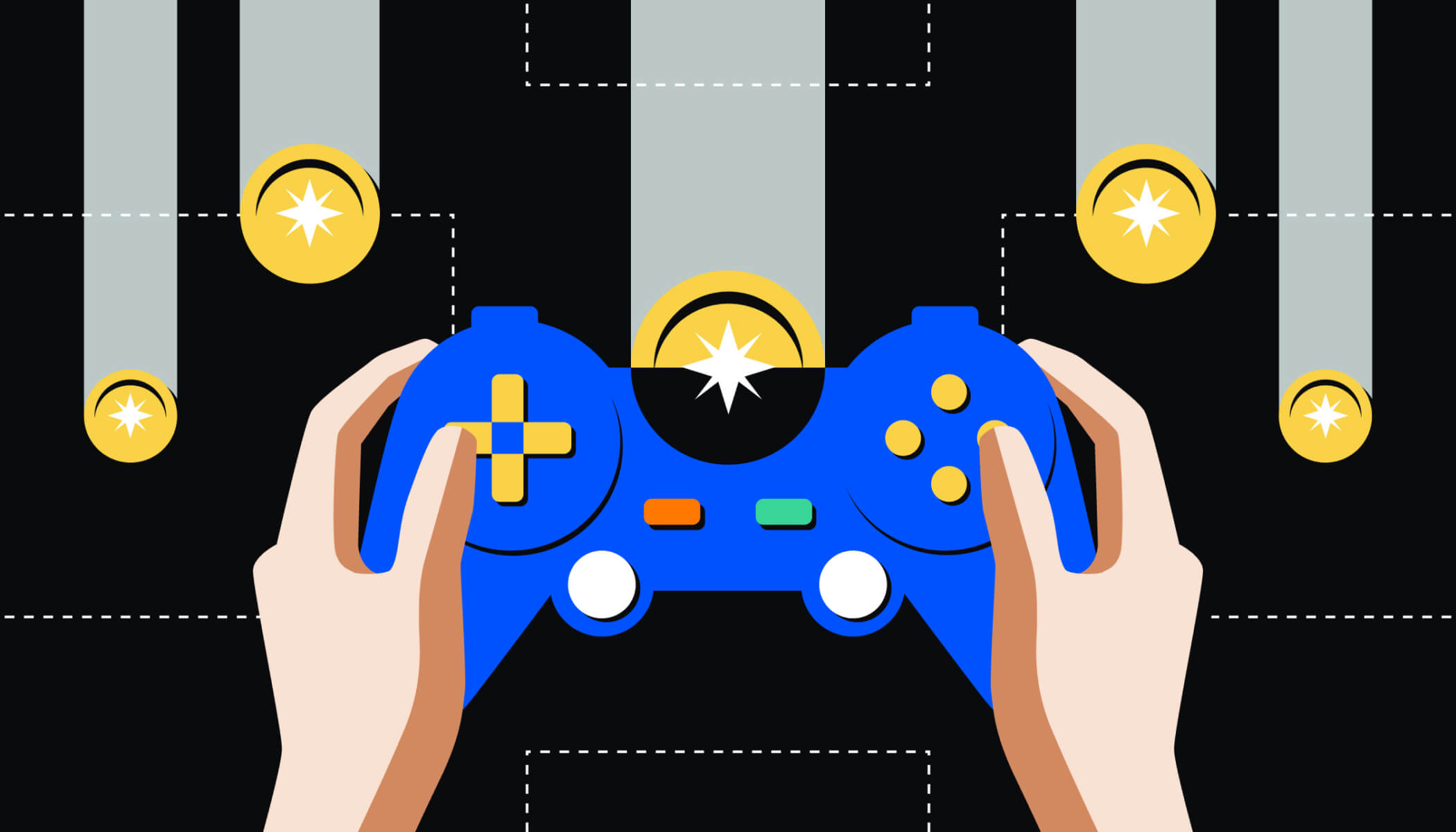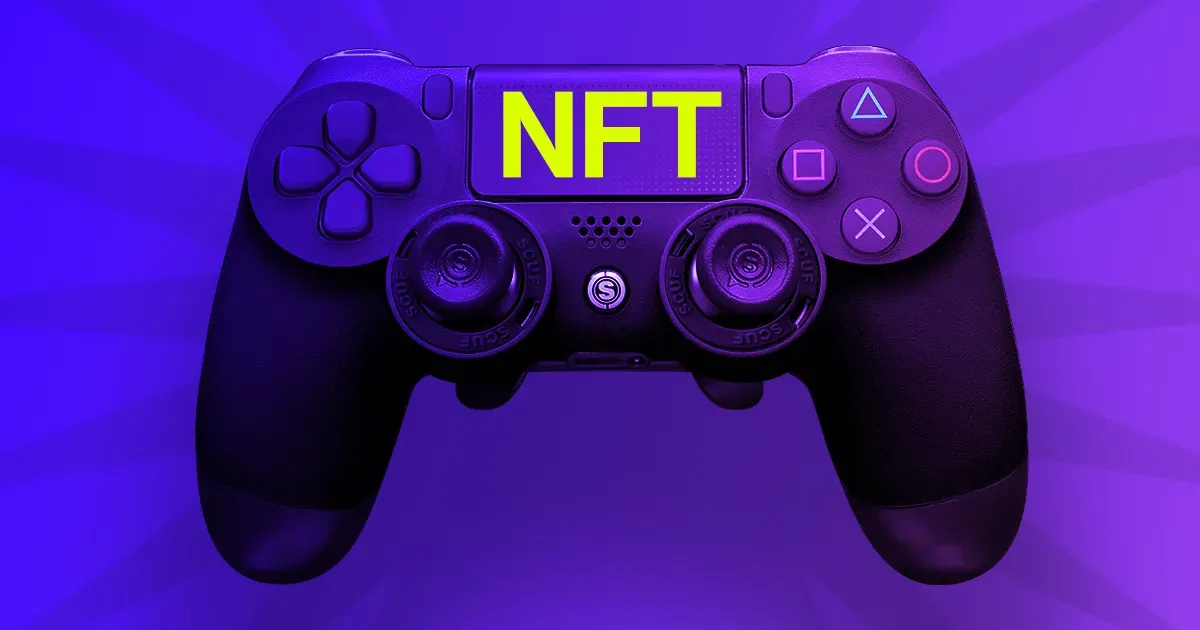Key Takeaways
- Obsidian cut a massive “dossier system” from The Outer Worlds 2 to meet development goals.
- The scrapped idea evolved into a smarter skill-check and reactivity system.
- Developers say the change helped fix a long-standing problem in RPG player choice design.
A Big Idea That Was Too Ambitious to Finish
The Outer Worlds 2 is shaping up to be one of Obsidian Entertainment’s most ambitious RPGs yet. But according to a new interview with Polygon, it was almost far larger — and far more complex — before the studio made one pivotal cut.
Director Brandon Adler revealed that early in development, the team planned a “dossier” system, letting players gather intel on key characters and use that information to unlock hidden dialogue options and puzzle solutions. The system aimed to make exploration more rewarding and player decisions feel deeply informed by discovery.
Imagine needing to talk your way past a guard — not through brute intimidation, but by gathering the right clues from others in the world. “It felt amazing,” Adler said. But there was a catch: writing just one of those reactive encounters took six months.
The feature’s complexity made it impossible to scale across the entire game. Yet cutting it led Obsidian toward something even more valuable — a refined understanding of how to make player choice feel impactful without overwhelming production.
When Reactivity Becomes the Game Itself
As co-director Leonard Boyarsky explained, the problem wasn’t just time — it was focus. During early testing, players became so obsessed with finding every piece of information that they stopped paying attention to the story.
“They were treating it like the entire game was about digging up clues,” Boyarsky said. That level of reactivity, while impressive, risked turning a narrative-driven RPG into a scavenger hunt.
So, instead of abandoning the concept completely, Obsidian repurposed it. The team used lessons from the dossier system to expand the game’s skill-check mechanics, giving conversations more weight and nuance without overwhelming players.
Smarter Choices, Not More Choices
In the final version, players still encounter moments where information and skill levels intersect — but with more clarity. For instance, one key encounter allows you to talk down a military commander only if you’ve both uncovered who’s manipulating him and have a high enough speech skill.
To make these systems more intuitive, Obsidian added pop-up cues that alert players when they’re missing a piece of intel — without revealing what it is. That subtle design change encourages exploration and experimentation, while still keeping the story front and center.
This approach also addresses a common frustration in Obsidian’s earlier titles: players often didn’t realize they had meaningful choices until it was too late. The studio wanted to make sure every decision felt visible and deliberate.
The team also borrowed a page from Telltale Games, incorporating the “This will be remembered” message during major dialogue moments — a feature first used in Pentiment that players loved.
Evolving the RPG Formula
For Obsidian, the cut dossier system became less a failure and more a foundation for improvement. Boyarsky and Adler describe the changes as a “compromise” between overwhelming players with options and hiding critical choices behind invisible walls.
“With the amount of content and the size of our game, there are places where, if we had implemented some of these systems sooner, we could have really pushed the reactivity,” Boyarsky said. “We did a really good job, but it could go even further.”
That mindset — balancing ambition with focus — may define The Outer Worlds 2. By trimming one overgrown idea, Obsidian made space for a cleaner, more reactive RPG that better communicates its branching paths.
Conclusion
The Outer Worlds 2 might have lost a complex dossier system, but in doing so, it gained something more important — clarity. By focusing on how players understand and experience choice, Obsidian evolved its storytelling design in a meaningful way.
Instead of drowning players in possibilities, the studio found a smarter way to make decisions feel personal and powerful — a design philosophy that could shape the future of narrative RPGs.
Disclaimer: The information in this article is for general purposes only and does not constitute financial advice. The author’s views are personal and may not reflect the views of GameDegen.com. Before making any investment decisions, you should always conduct your own research. GameDegen.com is not responsible for any financial losses.




